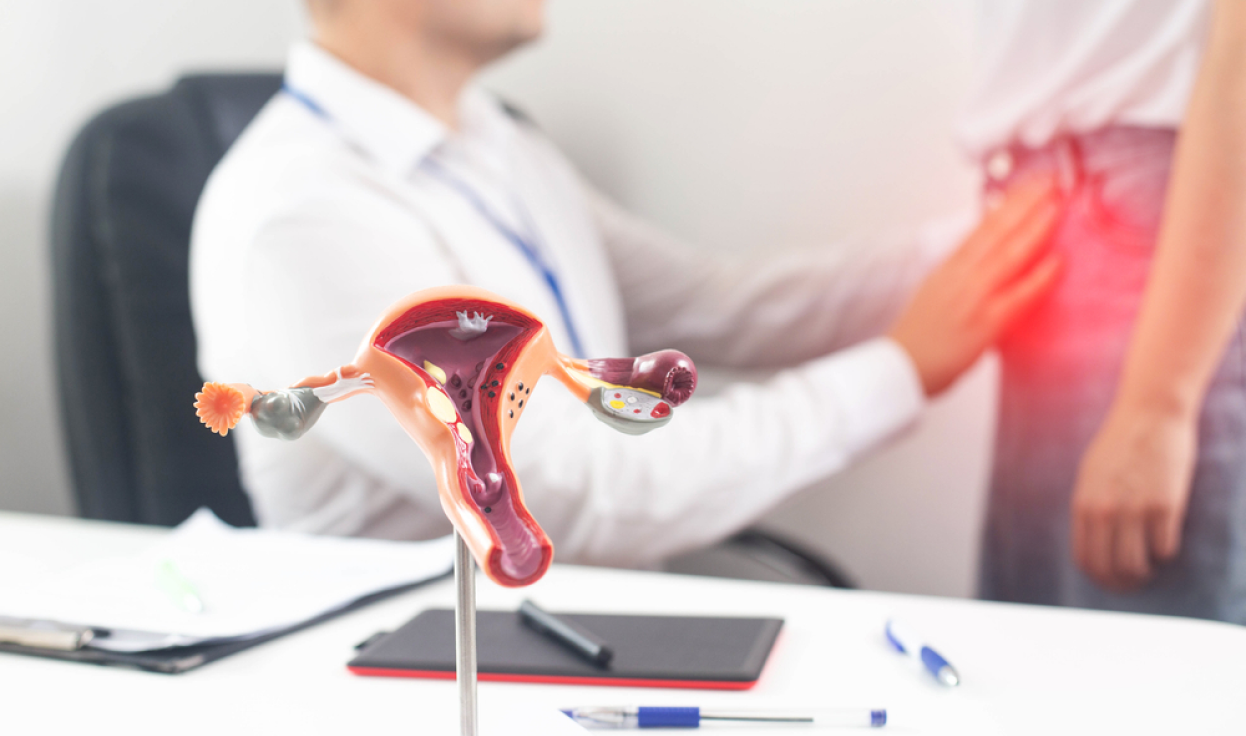Vascular Connection
Women’s Vascular Health: Focused treatments for conditions like uterine fibroids.
Understanding Uterine Fibroids
Uterine fibroids are non-cancerous tumors that grow within the muscle tissue of the uterus. Many women with fibroids experience symptoms such as heavy menstrual bleeding, pelvic pain, and frequent urination. While fibroids are common, their impact on an individual’s quality of life can be profound.
Interventional Radiology Treatments for Fibroids
One of the most effective IR treatments for fibroids is Uterine Fibroid Embolization (UFE). UFE involves the delivery of small particles directly into the blood vessels that supply the fibroids, effectively starving them of nutrients and causing them to shrink.
Benefits of UFE
- Minimally Invasive: UFE is performed through a small incision, typically at the groin, using imaging guidance.
- Reduced Recovery Time: Most patients can return to normal activities much quicker than with traditional surgery.
- Preservation of the Uterus: Unlike hysterectomy, UFE treats fibroids without removing the uterus, which is an important consideration for women who may consider pregnancy in the future.
- Decreased Symptoms: Many women report significant reductions in bleeding and pain after the procedure.

Empowering Women’s Health: Interventional Radiology and Uterine Fibroids Treatment Interventional radiology (IR) has emerged as a groundbreaking field in women’s health, particularly in the treatment of uterine fibroids. This minimally invasive approach offers effective alternatives to traditional surgeries, providing relief with fewer side effects and quicker recovery times. In this blog post, we explore how interventional radiology is changing the landscape of treatment for women suffering from uterine fibroids.
Interventional radiology offers a valuable option for women looking to treat uterine fibroids with minimal disruption to their lives. By providing focused, effective treatments, IR can significantly improve the quality of life for women with fibroids. If you’re exploring treatment options, consider consulting with an interventional radiologist to see if UFE might be right for you.
